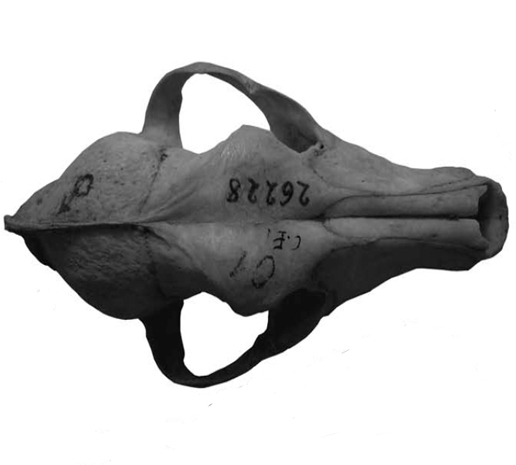Remarks on the skull morphology of Canis lupaster Hemprich and Herenberg, 1832 from the collection of the Natural History Museum “G. Doria” of Genoa, Italy

Submitted: 25 October 2016
Accepted: 27 December 2016
Published: 31 March 2017
Accepted: 27 December 2016
Abstract Views: 1047
PDF: 638
Publisher's note
All claims expressed in this article are solely those of the authors and do not necessarily represent those of their affiliated organizations, or those of the publisher, the editors and the reviewers. Any product that may be evaluated in this article or claim that may be made by its manufacturer is not guaranteed or endorsed by the publisher.
All claims expressed in this article are solely those of the authors and do not necessarily represent those of their affiliated organizations, or those of the publisher, the editors and the reviewers. Any product that may be evaluated in this article or claim that may be made by its manufacturer is not guaranteed or endorsed by the publisher.
Similar Articles
- Filip Verloove, Gabriele Galasso, A note on the author citation and type of Sida bidentata (Abutilon bidentatum; Malvaceae) , Natural History Sciences: Vol. 7 No. 2 (2020)
- Mara Calvini, Maria Stella Siori, Spartaco Gippoliti, Marco Pavia, Catalogue of the primatological collection of the Torino University , Natural History Sciences: Vol. 3 No. 2 (2016)
- Pekka Niemelä, Timo Vuorisalo, Simo Örmä, Frederick II of Hohenstaufen and modern ecology , Natural History Sciences: Vol. 8 No. 2 (2021)
You may also start an advanced similarity search for this article.


 https://doi.org/10.4081/nhs.2017.318
https://doi.org/10.4081/nhs.2017.318






